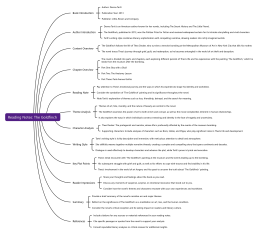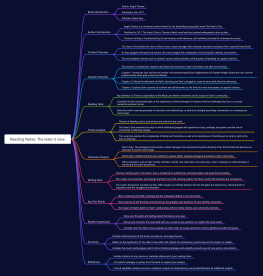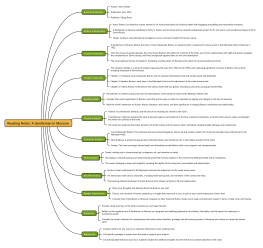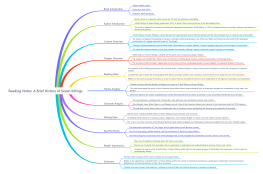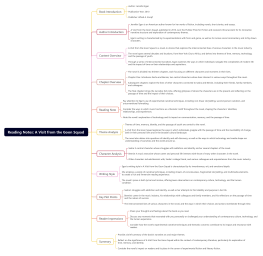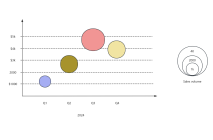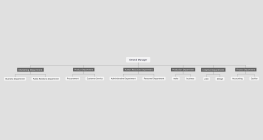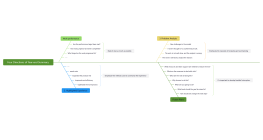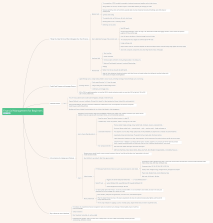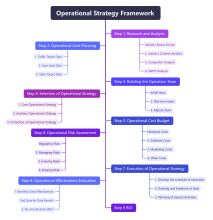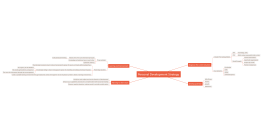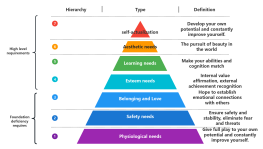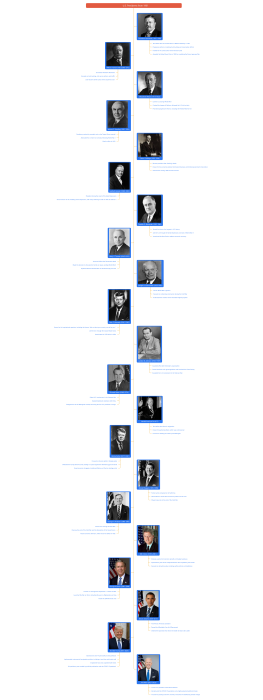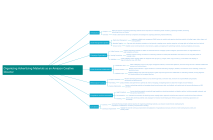Huawei,s Advertising Strategy
2024-07-19 15:46:04 0 Report
Login to view full content
Other creations by the author
Outline/Content
Introduction
Purpose
Define the purpose of Huawei's advertising strategy and its objectives for enhancing brand awareness, driving product sales, and fostering customer engagement.
Overview
Provide a brief overview of the key components and tactics of Huawei's advertising strategy.
Brand Positioning
Differentiation
Identify Huawei's unique selling points and competitive advantages in the smartphone and technology market, such as innovation, quality, and value for money.
Target Audience
Define Huawei's target audience segments based on demographics, psychographics, and purchasing behavior to tailor advertising messages and channels accordingly.
Brand Values
Communicate Huawei's brand values, including reliability, integrity, and customer-centricity, to resonate with consumers and build trust.
Multi-channel Approach
Digital Advertising
Utilize digital advertising channels such as social media, search engine marketing, display ads, and email marketing to reach a wide audience and drive online engagement.
Traditional Media
Supplement digital efforts with traditional media advertising, including television commercials, print ads, outdoor billboards, and sponsorships, to increase brand visibility and reach diverse demographics.
Influencer Partnerships
Collaborate with influencers, celebrities, and brand ambassadors to amplify Huawei's brand message, showcase product features, and connect with target audiences on social media platforms.
Product-centric Campaigns
Product Launches
Plan and execute high-impact advertising campaigns to promote new product launches, highlighting key features, design innovations, and consumer benefits.
Seasonal Promotions
Create seasonal and holiday-themed advertising campaigns to capitalize on festive occasions and drive sales of Huawei products, offering special discounts, bundles, and limited-time offers.
Cross-selling Opportunities
Leverage cross-selling opportunities to promote Huawei's ecosystem of products and services, such as smartphones, tablets, wearables, and smart home devices, through integrated advertising campaigns.
Engagement and Interaction
Interactive Content
Develop interactive and engaging advertising content, such as quizzes, polls, contests, and augmented reality experiences, to captivate audiences and encourage participation.
User-generated Content
Encourage user-generated content (UGC) by inviting customers to share their experiences, photos, and testimonials with Huawei products on social media platforms, creating authentic brand advocacy.
Community Building
Foster a sense of community and belonging among Huawei customers through online forums, social media groups, and loyalty programs, encouraging peer-to-peer support and brand evangelism.
Data-driven Optimization
Performance Analytics
Track and analyze advertising performance metrics such as reach, engagement, conversion rates, and return on investment (ROI) using data analytics tools and platforms.
A/B Testing
Conduct A/B testing and experimentation to optimize advertising messages, creatives, targeting parameters, and campaign strategies based on real-time insights and user feedback.
Continuous Improvement
Iterate on advertising campaigns and strategies based on performance data, market trends, and consumer preferences to drive continuous improvement and maximize advertising effectiveness.
Conclusion
Summary
Summarize the key elements of Huawei's advertising strategy and their role in achieving marketing objectives, including brand positioning, multi-channel approach, product-centric campaigns, engagement and interaction, and data-driven optimization.
Future Outlook
Highlight future opportunities and challenges for Huawei's advertising efforts, such as emerging technologies, evolving consumer behaviors, and competitive dynamics, and strategies for staying ahead in the market.

0 Comments
Next page
Recommended for you
More
